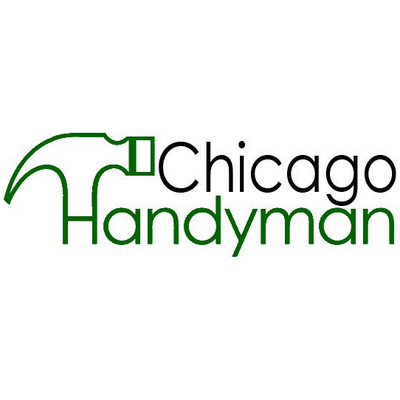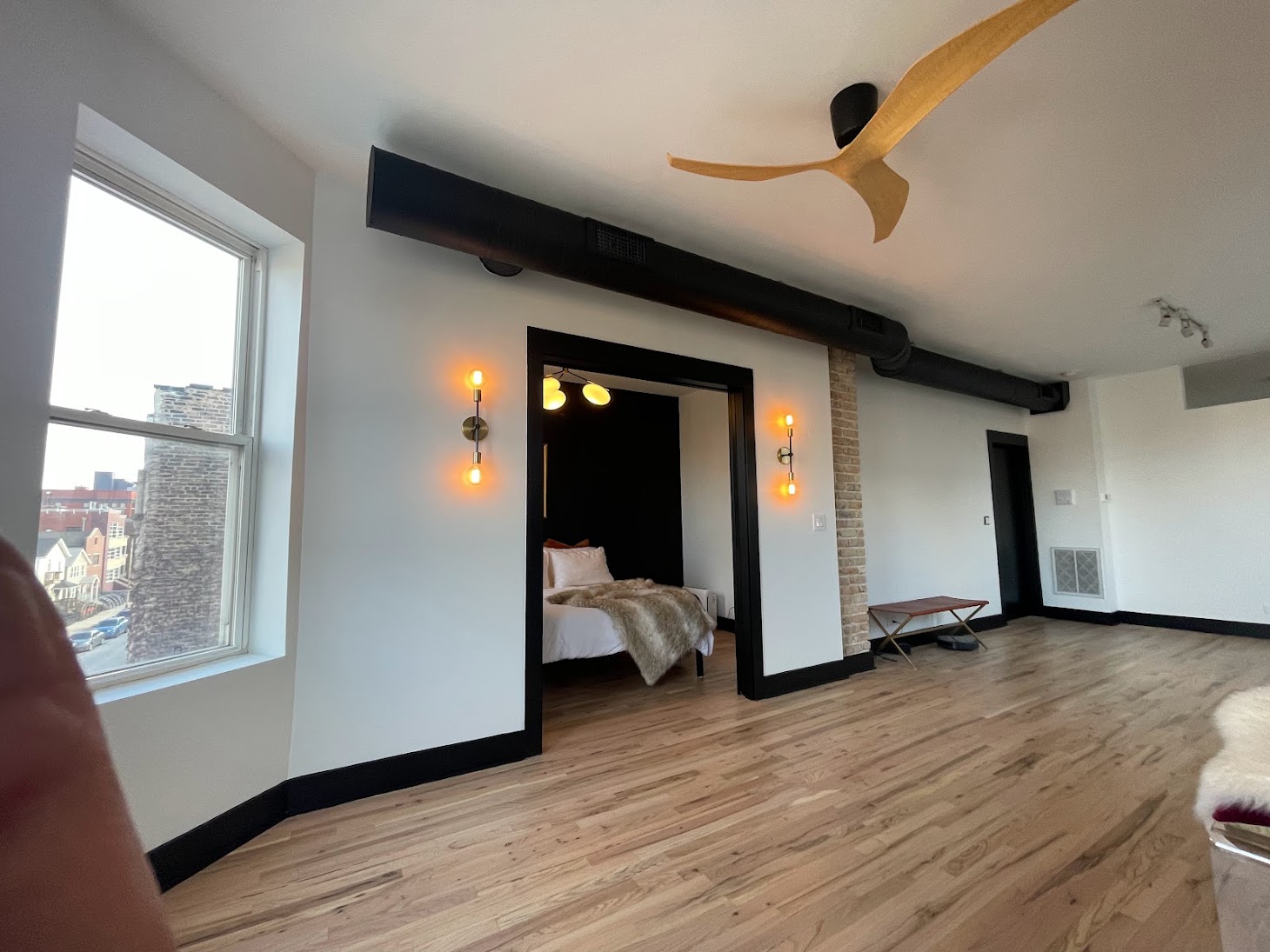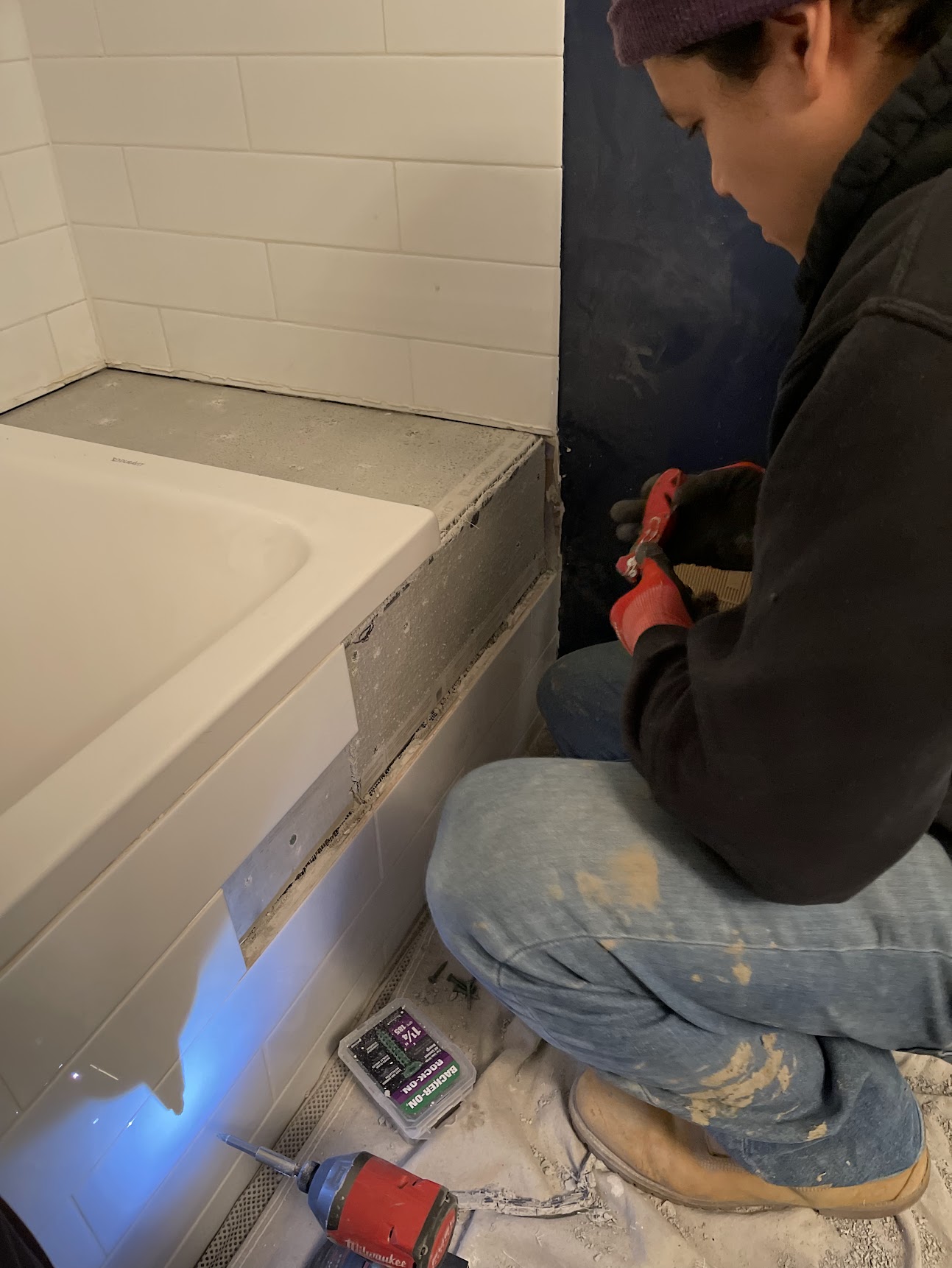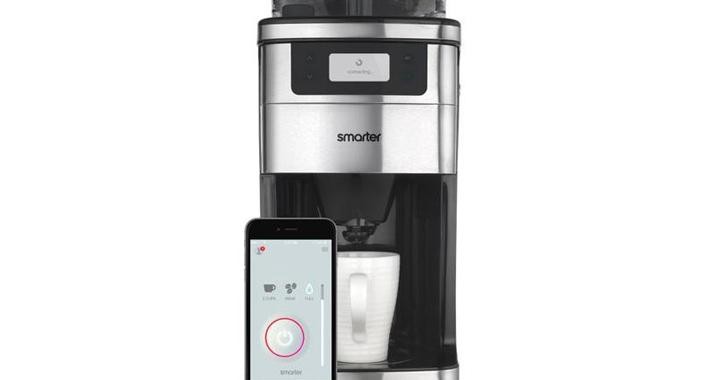Aging at home can be challenging, especially when it comes to bathroom safety. Many seniors face risks of slips and falls in this space. A bathroom remodel can make a big difference in comfort and safety for older adults.
A senior-friendly bathroom remodel focuses on key features like grab bars, non-slip flooring, and accessible layouts. These changes can help prevent accidents and make daily routines easier. From small upgrades to full renovations, there are options for every budget and need.
Remodeling a bathroom for seniors isn’t just about safety. It’s also a chance to create a stylish and comfortable space. With the right design, seniors can enjoy both form and function in their bathrooms for years to come.
Designing a Senior-Friendly Bathroom
Creating a bathroom that’s safe and comfortable for seniors requires careful planning. Uncle Sam has even weighed in regarding bathroom accessibility for seniors The right design choices can make a big difference in daily life and independence.
Optimizing for Accessibility
Wide doorways are a must for senior-friendly bathrooms. They should be at least 32 inches wide to fit wheelchairs and walkers. Removing thresholds helps prevent tripping.
Lower countertops and sinks allow easy access from a seated position. Lever-style faucets are easier to use than knobs. Wall-mounted sinks provide space underneath for wheelchairs.
Grab bars near the toilet and in the shower offer support. They should be sturdy and properly installed. Non-slip flooring reduces fall risks. Textured tiles or vinyl with good traction work well.
Good lighting is key. Bright, even light helps prevent accidents. Motion-sensor lights can be helpful for nighttime trips.
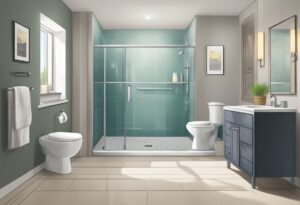
Choosing the Right Equipment
Walk-in showers are popular for aging in place. They have no lip to step over, making entry easier. Handheld showerheads offer flexibility. A built-in bench provides a place to sit while bathing.
Raised toilets, about 2-3 inches higher than standard, reduce strain when sitting and standing. Toilet safety frames or grab bars add extra support.
Adjustable mirrors tilt for seated or standing use. Medicine cabinets with easy-to-reach shelves keep items handy.
A shower chair or bath lift can make bathing safer and more comfortable. These come in various styles to fit different needs and spaces.
Safety and Mobility Considerations
Anti-scald devices on faucets prevent burns from sudden temperature changes. They’re especially important for seniors with slower reflexes.
Rounded corners on countertops and cabinets reduce injury risk if someone falls. Soft-close toilet seats and cabinet doors prevent pinched fingers.
Clear floor space is crucial for mobility. A 5-foot turning radius allows wheelchair users to move freely. Removing throw rugs eliminates tripping hazards.
Emergency call systems can be lifesavers. These range from simple pull cords to high-tech voice-activated devices.
Aesthetic and Practical Design Elements
Color schemes matter in senior-friendly bathrooms. High-contrast colors help those with vision problems. For example, dark toilet seats on light-colored toilets are easier to see.
Storage should be easy to reach. Pull-out drawers and lazy Susans bring items to the user. Open shelving can be more accessible than cabinets with doors.
Comfort-height vanities reduce bending and strain. Wall-mounted toilets make cleaning the floor easier.
Warm, slip-resistant flooring like cork or rubber feels good underfoot. It’s also easier on the joints than hard tile.
Key Features of a Senior Bathroom

A senior-friendly bathroom combines safety, comfort, and ease of use. Smart design choices help older adults stay independent and avoid accidents.
Essential Fixtures and Fittings
Walk-in tubs and curbless showers are game-changers for seniors. They have low or no thresholds, making entry easy and safe. Shower seats give a place to rest while bathing. Grab bars near the toilet, shower, and tub provide crucial support.
Raised toilets, about 2-4 inches higher than standard, make sitting and standing easier. Slip-resistant flooring throughout the bathroom cuts fall risk. Non-slip mats in the shower and by the toilet add extra safety.
For those with limited mobility, a roll-in shower with a handheld showerhead works well. A transfer bench helps with getting in and out of the tub safely.
Lighting and Visibility
Bright, even lighting is key for safety. Overhead lights should light up the whole room. Task lighting by the mirror helps with grooming. Night lights guide the way for midnight trips.
Rocker-style light switches are easier to use than small toggles. Motion-sensor lights turn on automatically when someone enters. Dimmer switches let seniors adjust brightness as needed.
Big, easy-to-read labels on faucets show hot and cold clearly. A magnifying mirror helps with close-up tasks. Light-colored walls and floors make the room feel brighter and more open.



